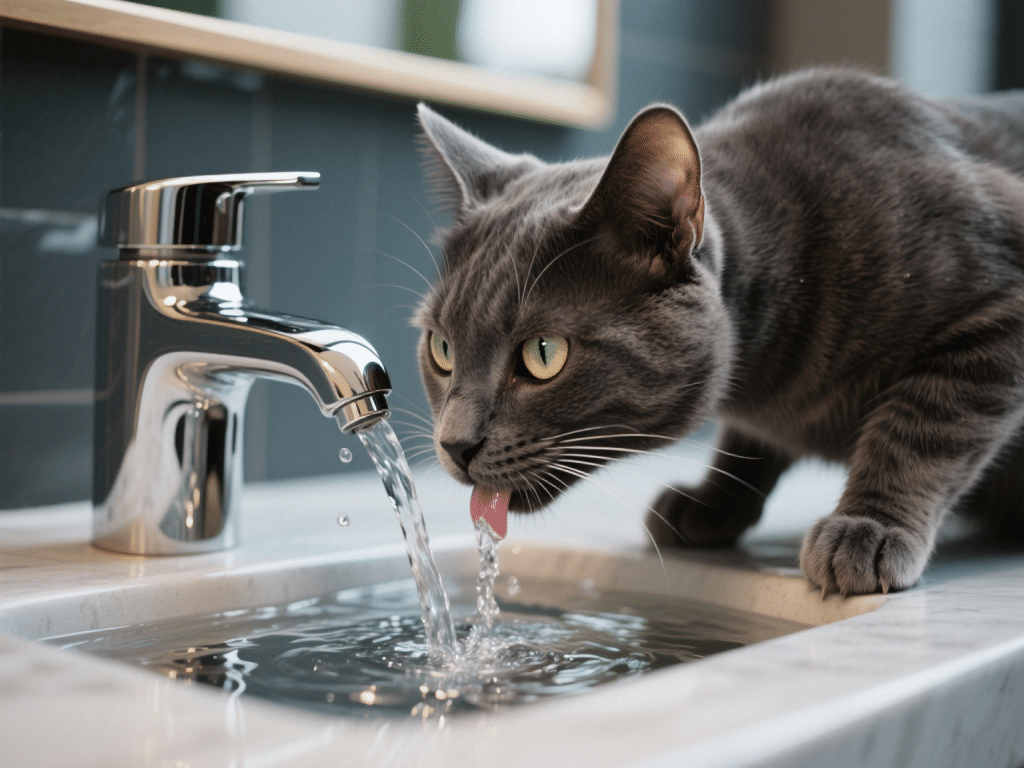
Proper hydration is critical for kidney health and urinary tract function in cats, who evolved to obtain moisture from prey. As a veterinary nurse specializing in feline internal medicine, I’ve treated countless urinary issues stemming from chronic under‑hydration. Below, discover practical strategies and environmental tweaks to encourage your cat to drink more—supporting wellness from kittenhood through senior years.
Why Cats Often Dehydrate
Ancestral Diet: Wild felines consume prey that is roughly 70% water. Dry kibble—only 10% moisture—requires supplemental drinking.
Low Thirst Drive: Physiology doesn’t trigger a strong thirst reflex; cats may ignore still water bowls.
Medical Conditions: Kidney disease, diabetes, or hyperthyroidism increase water needs.
Setting Up Enticing Water Sources
Cat Fountains: Flowing water attracts cats visually and by sound; gentle filtration keeps water fresh.
Multiple Stations: Place bowls in quiet, accessible locations—one per floor or room to encourage visits.
Wide, Shallow Bowls: Cats dislike whisker fatigue; choose broad dish rims to avoid discomfort.
Flavor and Temperature Tricks
Broth Boost: Offer low‑sodium, unseasoned chicken or beef broth in small amounts to entice sipping.
Ice Cubes: Some cats enjoy chasing floating ice—adds novelty and cool temperature.
Cold vs. Room Temperature: Rotate bowl temperatures to discover your cat’s preference.
Incorporating Wet Food
High‑Moisture Diets: Aim for 50–75% wet food daily. Wet pâtés and minced varieties encourage hydration.
Broth‑Soaked Kibble: For cats resistant to wet food, moisten dry kibble with water or broth before serving.
Monitoring Intake and Health
Track Consumption: Measure bowl volumes daily—sudden decreases or increases warrant veterinary evaluation.
Watch for Litter Clues: Dark, concentrated urine or frequent attempts signal inadequate hydration or urinary disease.
When to Seek Veterinary Advice
If your cat shows signs of persistent thirst—excessive drinking (>100 ml/kg/day), lethargy, or weight loss—consult your veterinarian for bloodwork and urinalysis to rule out metabolic or renal disorders.
Expert Insight
“A simple water fountain can increase intake by 50%,” notes feline internist Dr. Karen Ortiz. “Freshness and movement are key motivators for most cats.”
By combining thoughtful bowl selection, hydration‑rich diets, and engaging water sources, you’ll safeguard your cat’s urinary health—ensuring they remain lively, comfortable, and well‑hydrated.

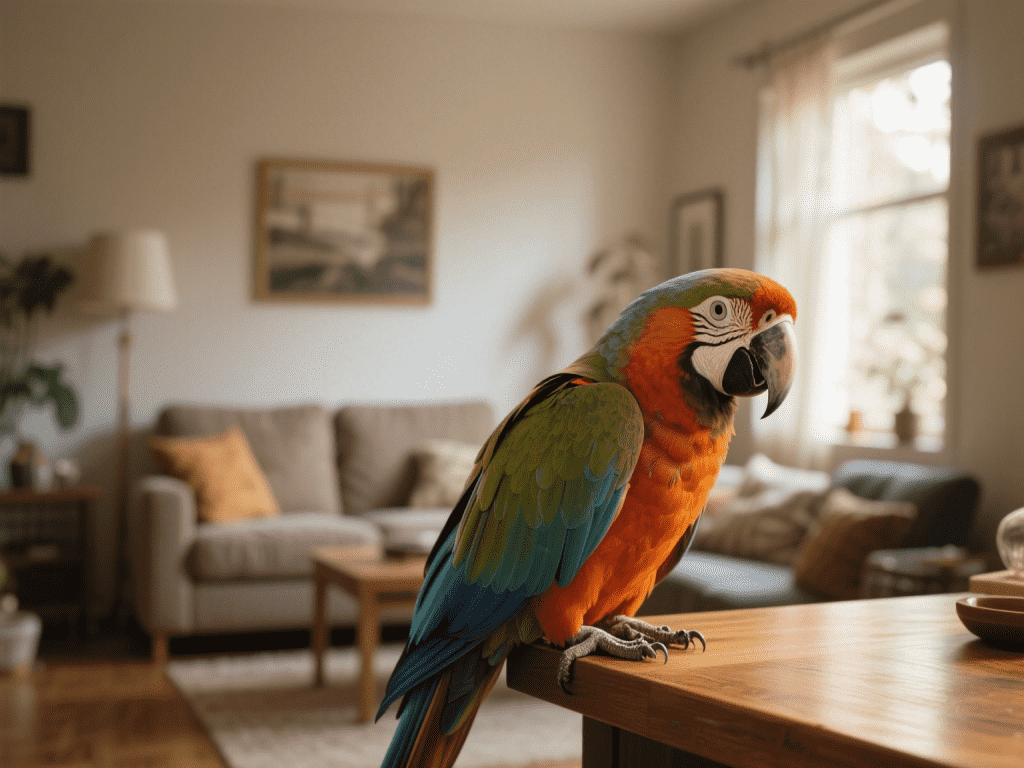
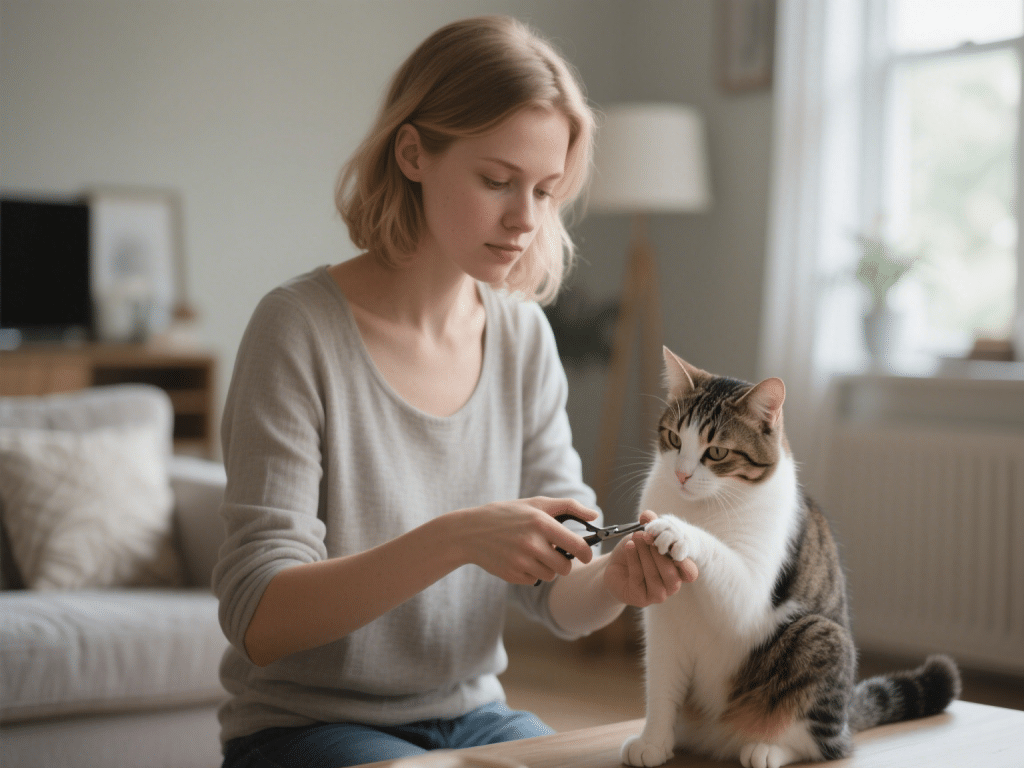
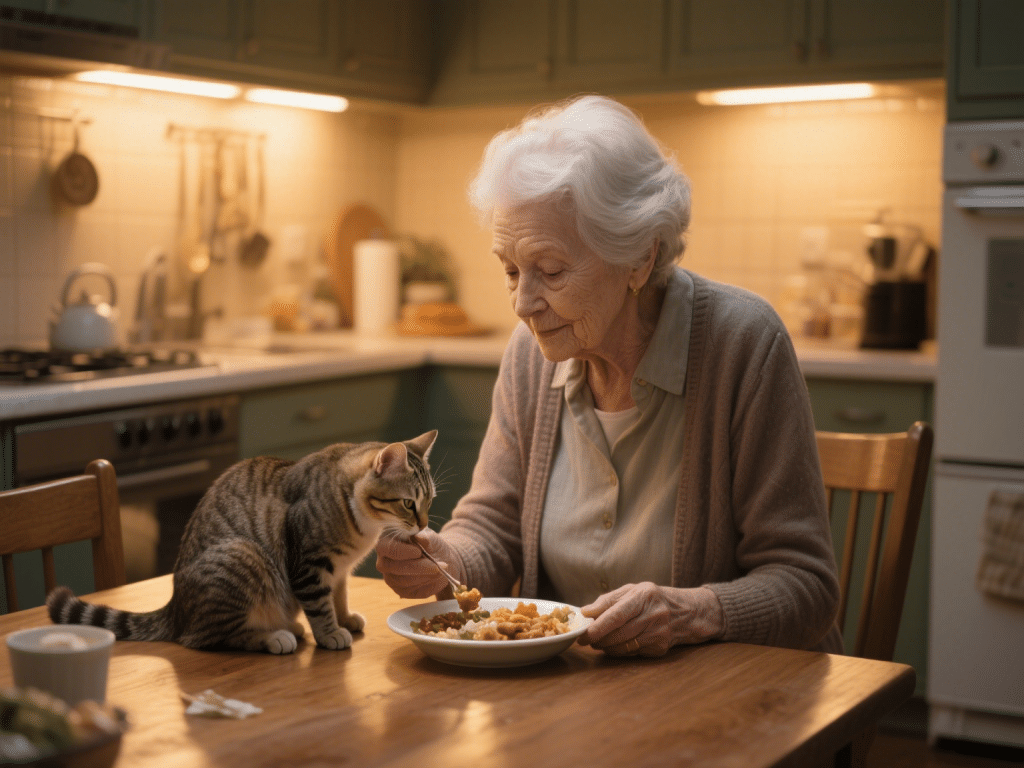
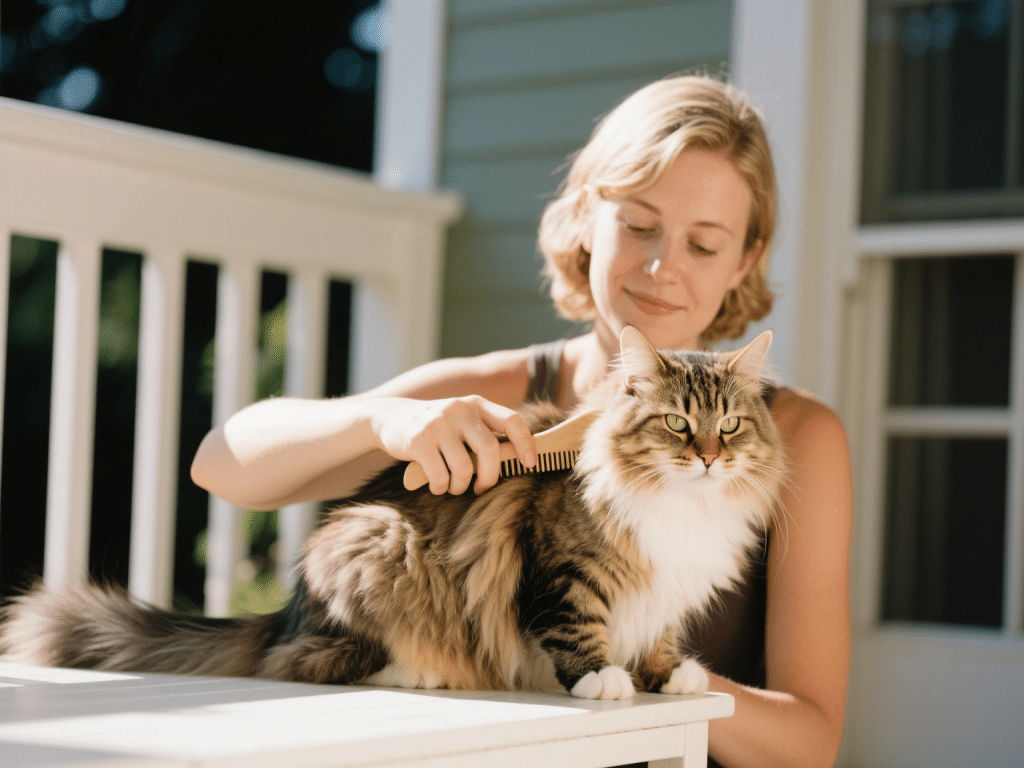
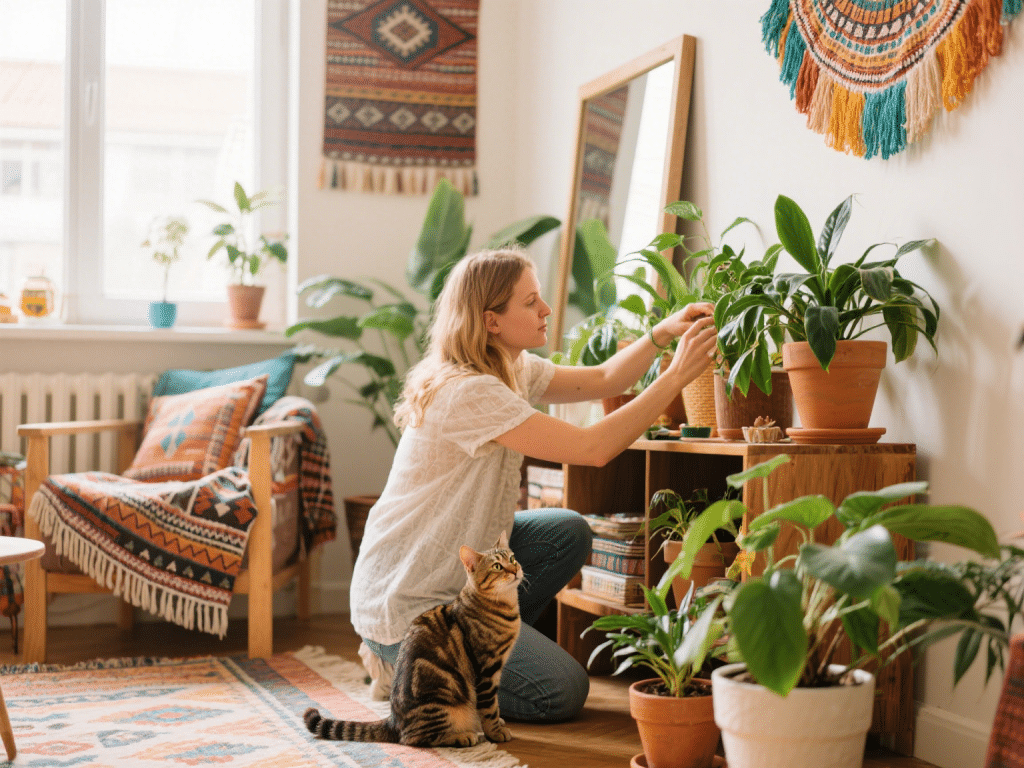
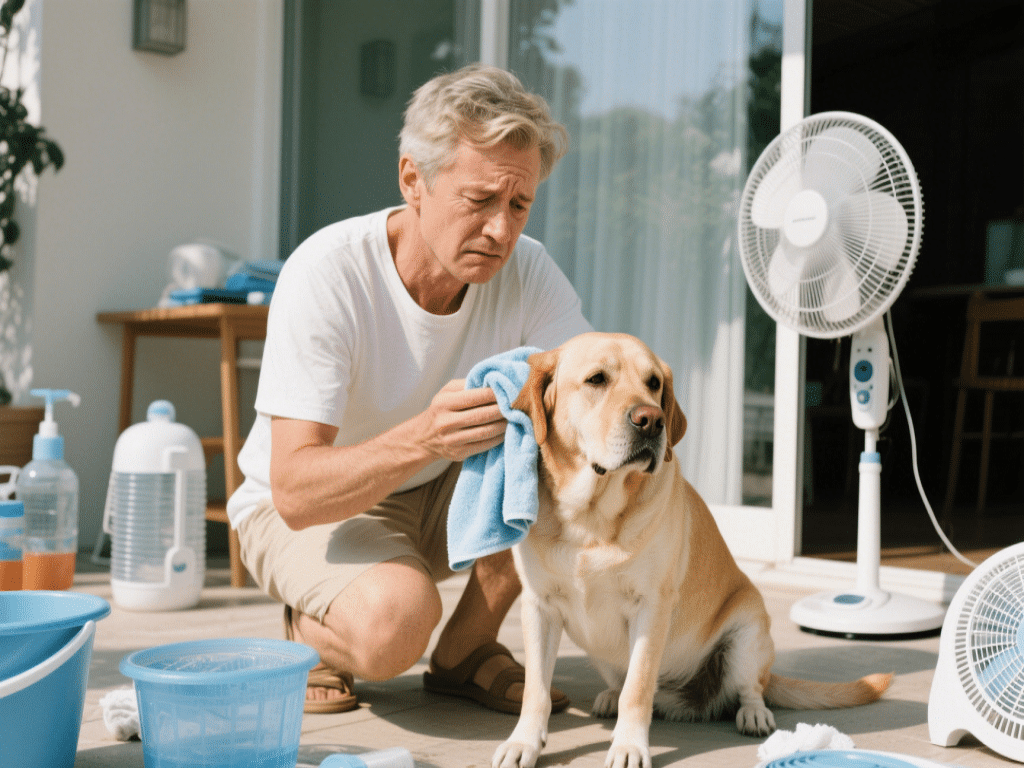


Comments on " Hydration Matters: Encouraging Your Cat to Drink More Water" :